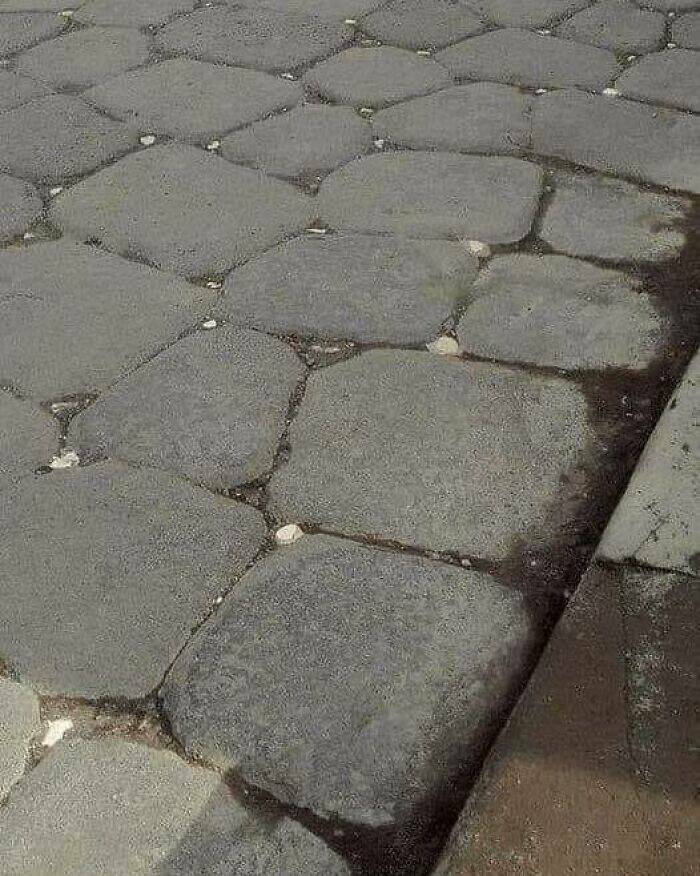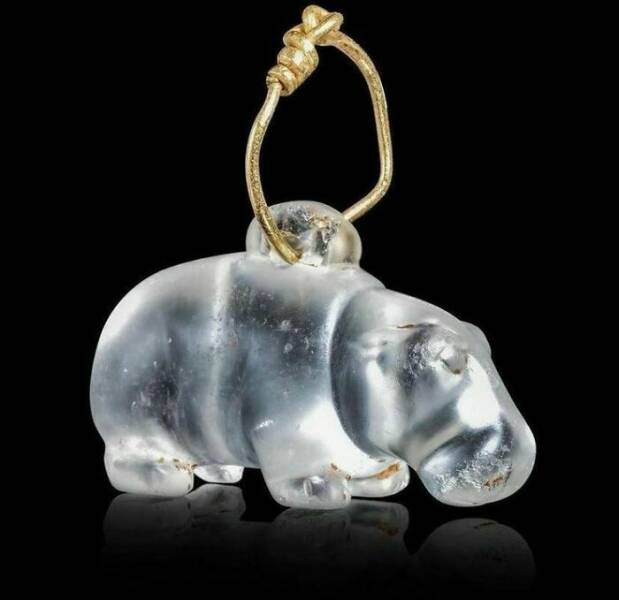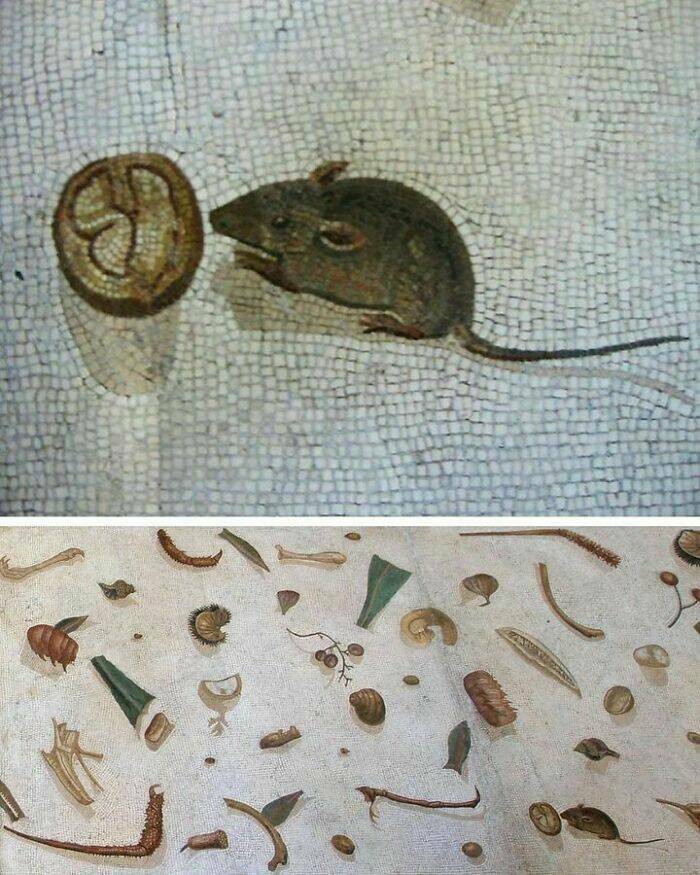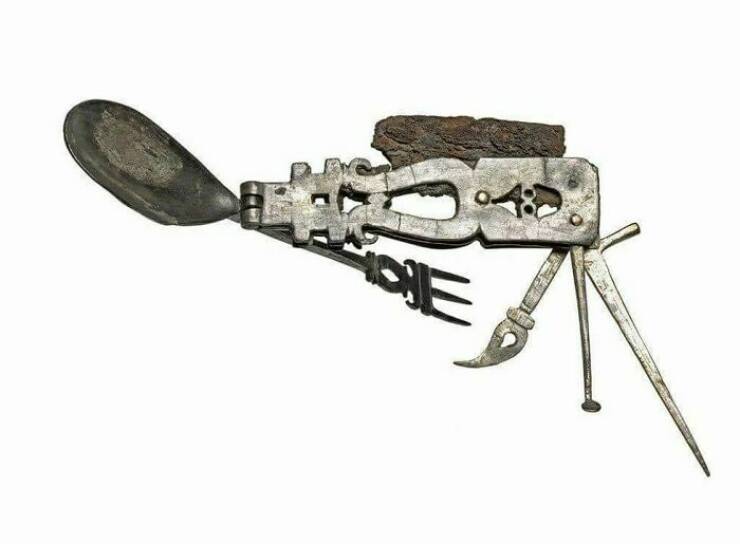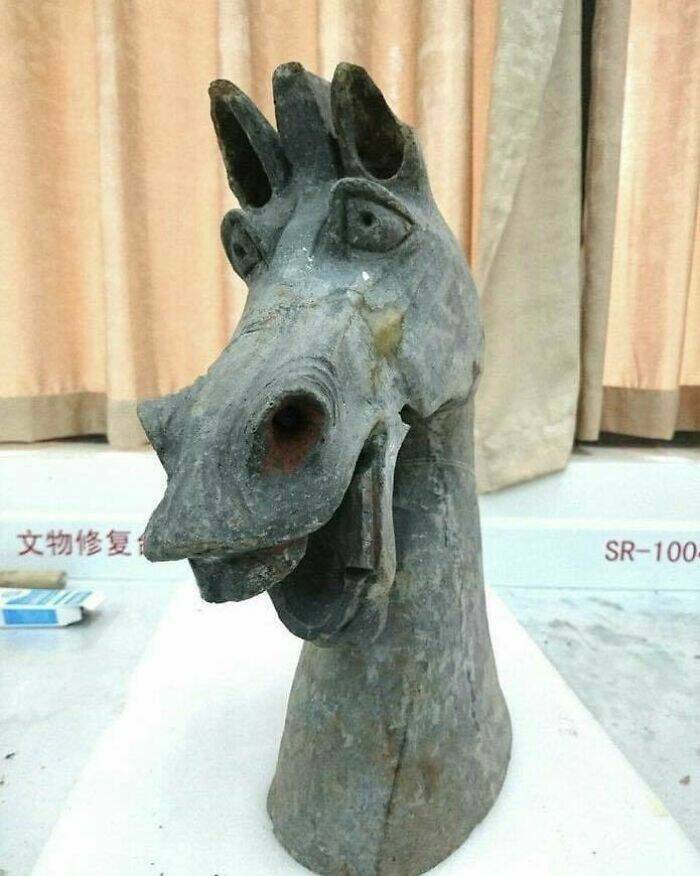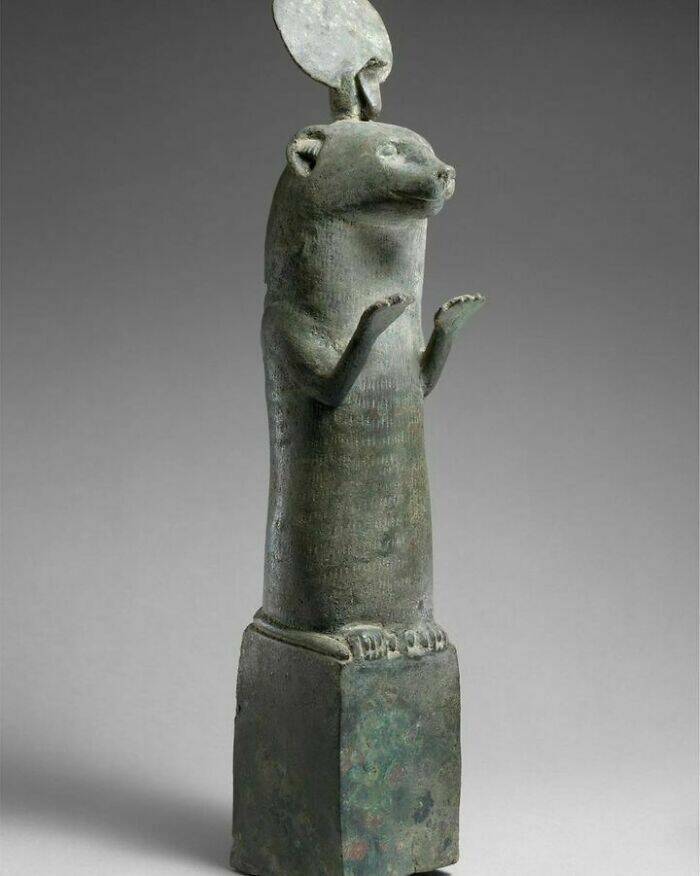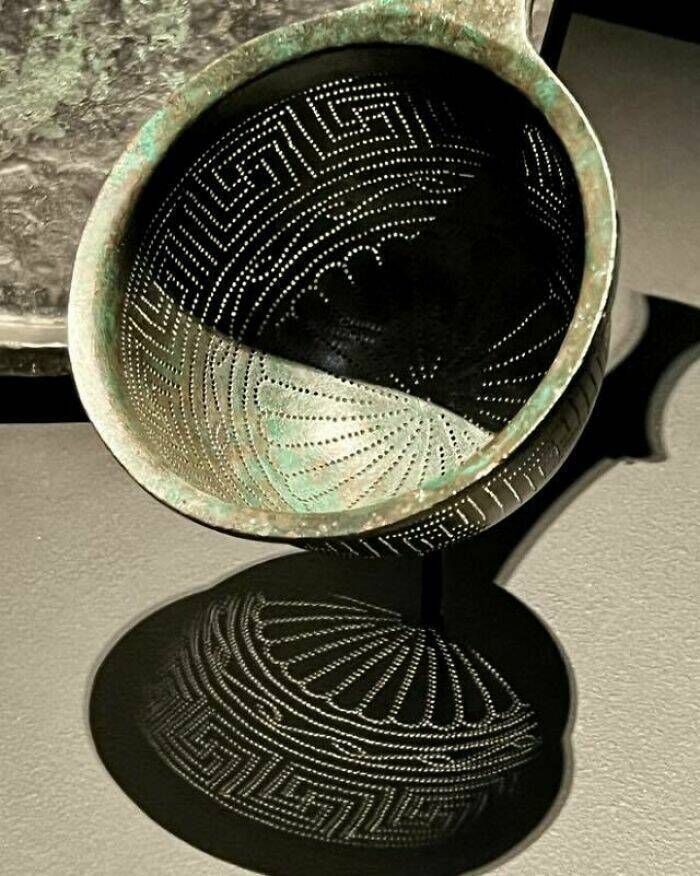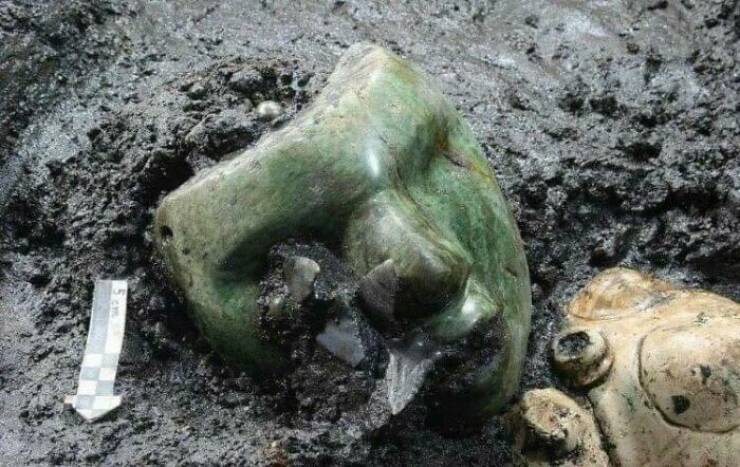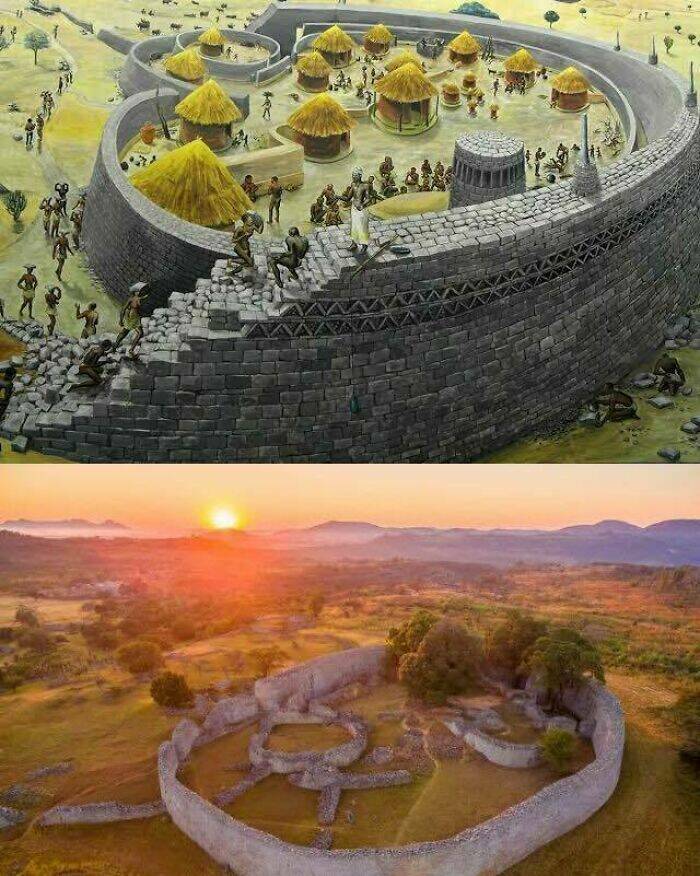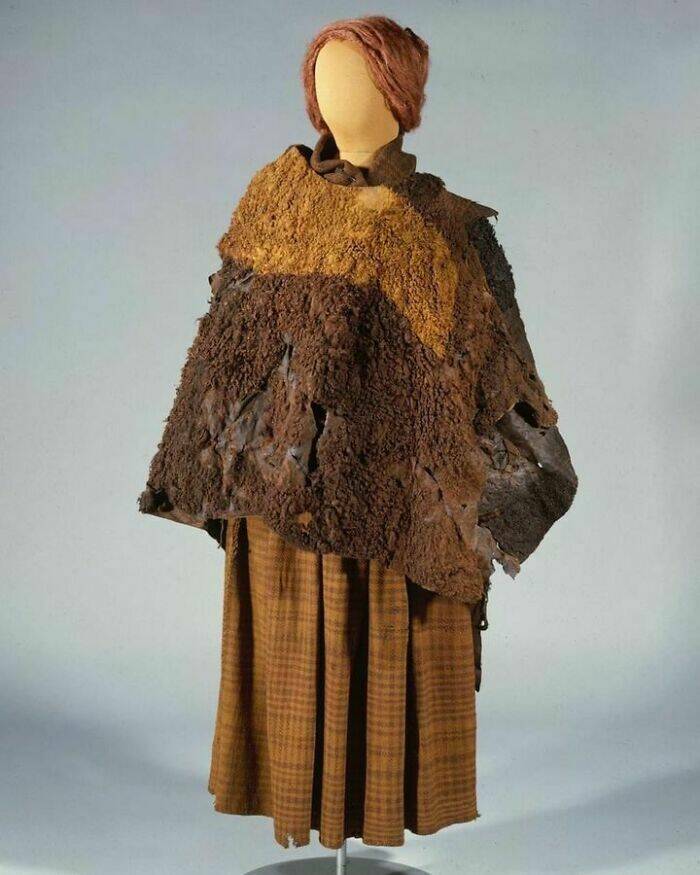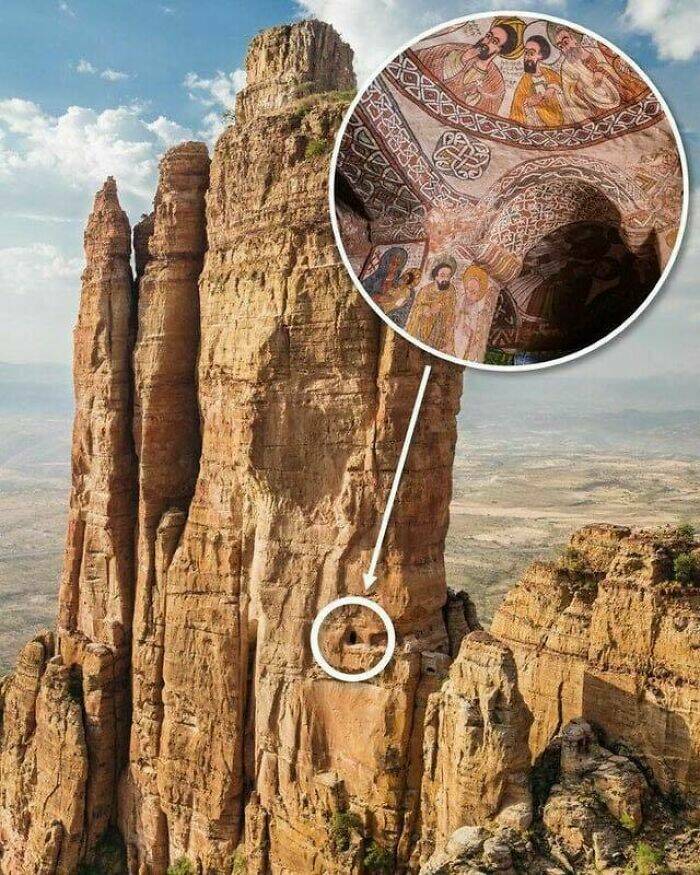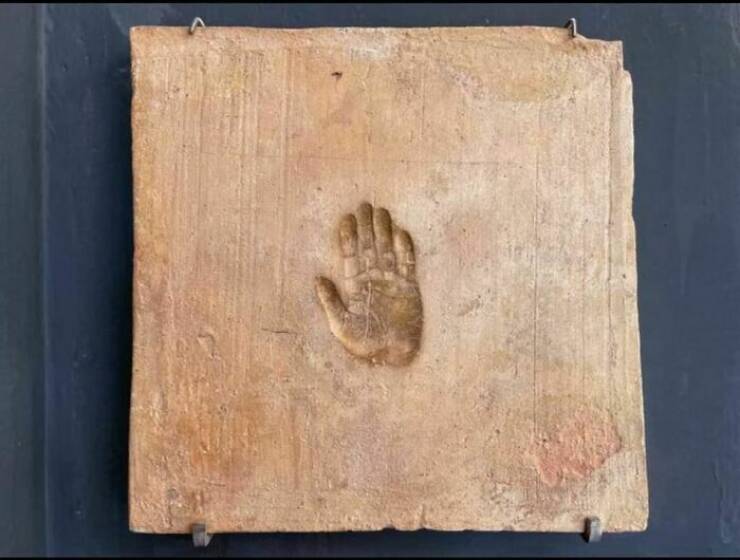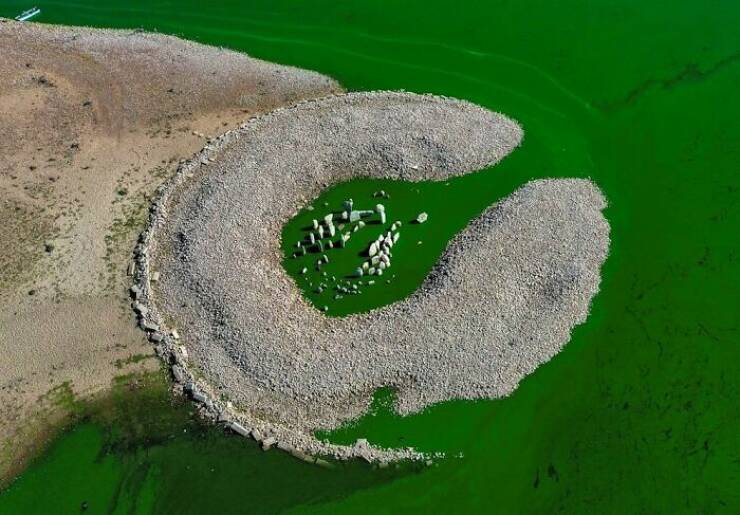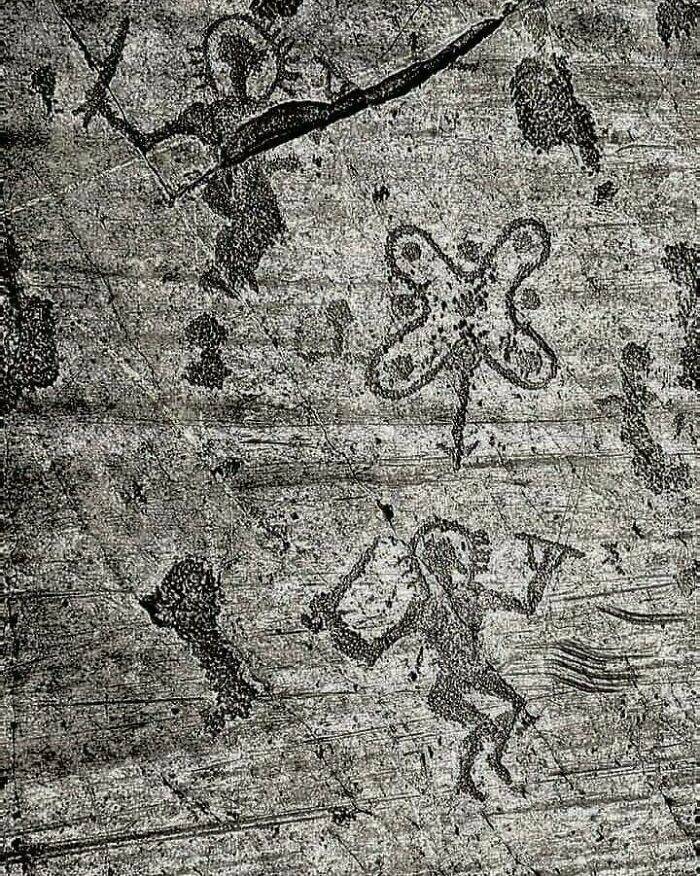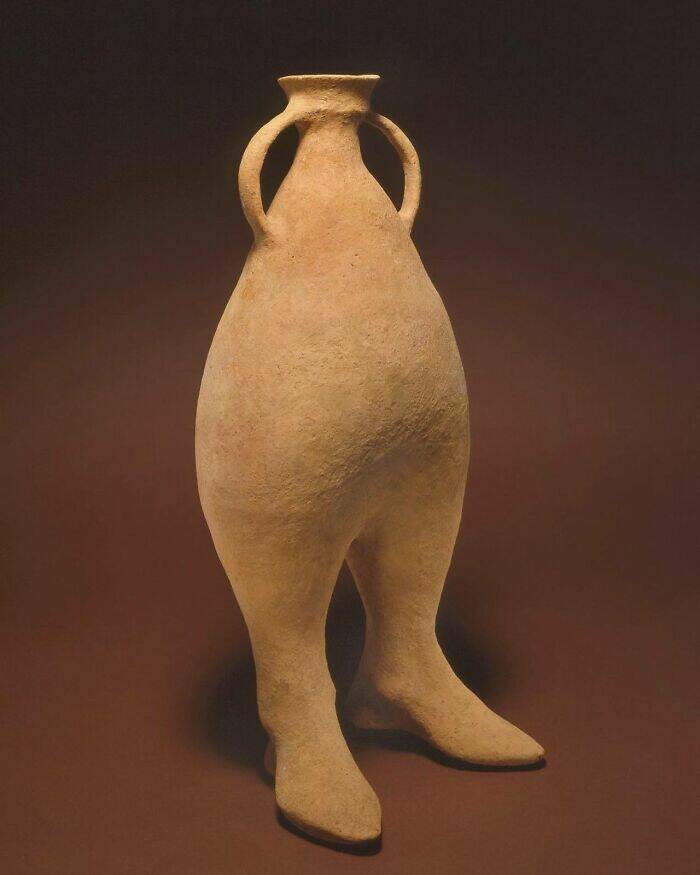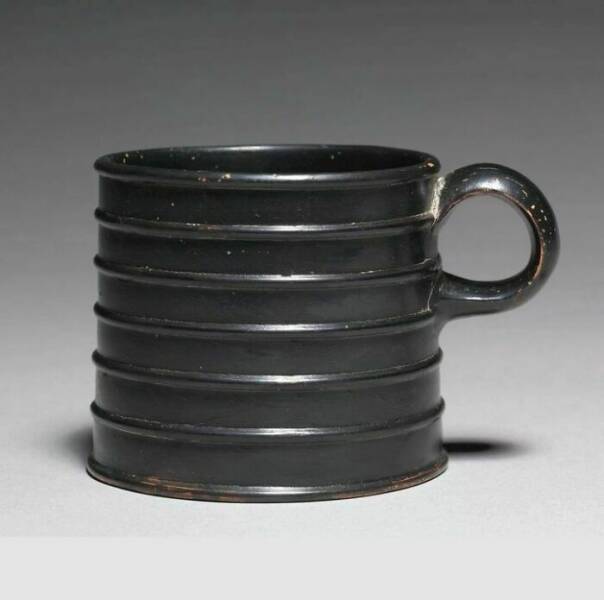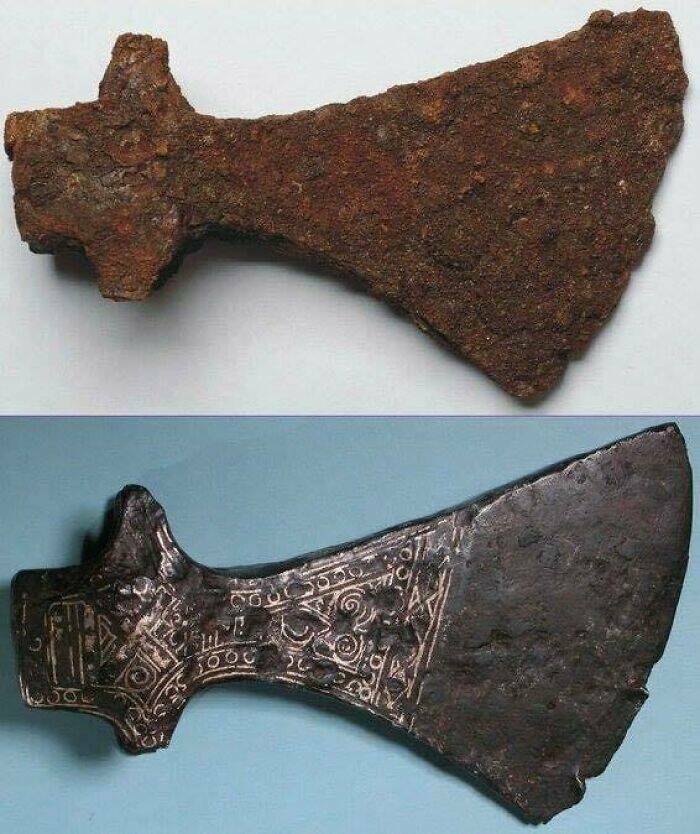"A Fabric Womb Made By Angélique Du Coudray, A French Midwife Who Was Commissioned By King Louis Xv To Reduce Infant Mortality"
"From 1760 to 1783, she traveled all over France, visiting poor rural women and sharing her extensive knowledge with them. It is estimated that she trained some 10,000 women.
Du Coudray also invented the first lifesize obstetrical mannequin, for practicing mock births, and published a well-received midwifery textbook"
"In Ancient Rome, Roads Were Dotted With White Stones (Cats' Eyes) Which Reflected The Moonlight, Acting As Street Lights To Help People Walk On The Street After Dark. Pictured Is A Roman Road In Pompeii"
"This 14th Century Door At Exeter Cathedral, UK, Is Thought To Be The Oldest Existing Cat Flap"
"An Egyptian Rock Crystal Of A Chonky Hinpopotamus Amulet, Middle Kingdom, Ca. 2050-1650 Bc"
"Detail From The “Unswept Floor” Mosaic Made By Heraclitus, Showing A Mouse Eating A Walnut. 2nd Century Ce, Now On Display At The Vatican Museums"
"Roman Army Knife (201-300 Ad); Has A Spoon, Knife, Fork, Spike, Spatula And Pick Allowing The User To Even Clean Between Their Teeth After Eating. It Was Part Of The Equipment Of Roman Legions"
"A 1800-Year Old Ceramic Horse. Han Dynasty (202 Bce– 9 Ce, 25–220 Ce), Now Housed At The Sanxingdui Museum In China"
"Fall Of The Rebel Angels, Carved Out Of A Single Piece Of Marble In 1740 By Italian Sculptor Agostino Fasolato, It Depicts 60 Fallen Angels"
"An Adorable Ancient Egyptian Otter Statue!"
"Dating to c. 640 - 30 BCE, it depicts a bronze otter on its hindlegs, forepaws raised in praise of the sun. The solar disc of Ra rests upon its head."
"A Roman Bronze Colander From Pompeii, Italy, 1st Century Bc"
"A 2,000-Year-Old Green Serpentine Stone Mask Was Found At The Base Of The Pyramid Of The Sun In Teotihuacan, Mexico"
"Great Zimbabwe Was A Medieval African City Known For Its Large Circular Wall And Tower. It Was Part Of A Wealthy African Trading Empire That Controlled Much Of The East African Coast From 11th-15th Centuries Ce. Great Zimbabwe Is The Name Of The Stone Ruins Of An Ancient City Near Modern Day Masvingo, Zimbabwe. People Lived In Great Zimbabwe Beginning Around 1100 Ce, But Abandoned It In 15th Century Ce. The City Was The Capital Of The Kingdom Of Zimbabwe, Which Was A Shona (Bantu) Trading Empire. Zimbabwe Means “Stone Houses” In Shona"
"The 2000-Year-Old Clothes Of The Huldremose Woman, A Bog Body Recovered In 1879 From A Peat Bog Near Ramten In Denmark"
"Frog, By The Japanese Artist Matsumoto Hoji. 1814 Ce"
"Abuna Yem’ata Guh In Ethiopia. Situated At A Height Of 8,460 Ft, The Hewn Church Has To Be Climbed On Foot To Reach. It Is Notable For Its Architecture, Dome & Wall Paintings Dating Back To The 5th Century"
"14000 Years Old Bisons Sculptures Found In Le Tuc D'audoubert Cave. Ariege, France"
"Roman Brick From Cherchell, Algeria With A Perfect 2000 Year-Old Imprint Of A Human Hand"
"The handprint is seemingly that of a large Roman man, who pressed his hand into the brick as it lay out to dry before firing. Closer inspection reveals the fingerprints and skin textures of the man."
"A Megalithic Monument In Spain That's Older Than The Pyramids Was Recently Uncovered From Its Watery Hiding Place By A Drought"
"The "Spanish Stonehenge" is about 7,000 years old, some 2,000 years older than Stonehenge itself."
"Château De Chenonceau, Indre-Et-Loire, France"
"Arguably one of the most impressive inhabited bridges still in existence, the present-day structure, dating back to the 16th century, was constructed upon an arched bridge spanning the Cher River. This unique design allowed the owner to access the hunting grounds located on the opposite side of the river."
"Rock Engravings Of Val Camonica In Brescia, Italy"
"It is one of world's largest and most mysterious collections of prehistoric petroglyphs, crafted by enigmatic Camuni civilization over 10,000 years and recognized as Italy's first UNESCO World Heritage Site."
"Ancient Near Eastern Clay Vessel With Two Feet (1000–800 Bc), From Northern Iran"
"A tall vessel with an oval, almost bag-like body, a somewhat elongated neck with an everted rim and a pair of narrow curving handles that spring from the oblique shoulder to the neck. The lower portion of the vessel splits into two legs with well-modeled feet. Details such as ankle bones and the arch of each foot are rendered by modeled forms rather than incised lines. The overall effect is that of a wine- or waterskin rather than a ceramic vessel. It is likely that this association was intentional- as the light porous ceramic body of the vessel allows water to evaporate slowly through the sides, thus slightly cooling the remaining contents."
"A Black Mug. Southern Italy, 2400(!) Years Old"
"Ax From Viking Era, Before And After Conservation 10th–11th Century"


